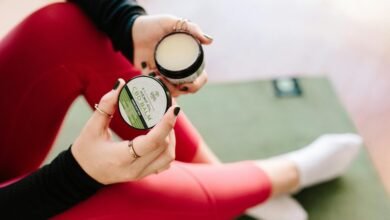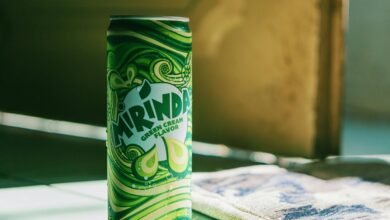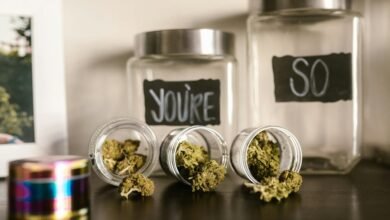Can Cbd Go Bad

CBD products, like many consumables, have a finite shelf life influenced by various environmental factors. Exposure to light, heat, and humidity can lead to degradation, resulting in diminished potency and safety. Recognizing the signs of expiration is crucial for users. Understanding how to store these products properly can extend their longevity. What specific storage methods can enhance the lifespan of CBD, and what should consumers look for to ensure their products remain effective?
Understanding the Shelf Life of CBD Products
While many consumers may be drawn to the potential benefits of CBD products, understanding their shelf life is crucial for maintaining efficacy and safety.
Factors such as CBD extraction methods and product formulation can significantly impact longevity. Proper storage conditions and ingredient interactions also play vital roles.
Knowledge of these elements ensures that users receive the full therapeutic potential of their CBD products.
Factors That Affect CBD Longevity
Several factors significantly influence the longevity of CBD products, impacting their potency and safety over time.
Exposure effects, such as light, heat, and humidity, can degrade CBD compounds, while the product formulation also plays a crucial role.
High-quality ingredients and proper emulsification can enhance stability, ensuring consumers maximize the benefits of their CBD experience while maintaining the desired efficacy throughout the product's lifespan.
Signs That Your CBD Has Expired
How can one tell if their CBD has lost its potency?
Expiration indicators include changes in color, texture, and aroma.
Fresh CBD typically has a vibrant hue and a pleasant scent.
If the product appears cloudy, has an unusual odor, or develops a gritty texture, these signs suggest a loss of product freshness.
Users should be vigilant to ensure optimal efficacy.
Tips for Properly Storing CBD Products
Proper storage of CBD products is essential for maintaining their potency and effectiveness over time.
To ensure longevity, users should prioritize temperature control, keeping products in a cool, dark place.
Utilizing appropriate storage containers, such as opaque glass jars, can shield CBD from light and air exposure.
Conclusion
In conclusion, careful consideration of CBD's shelf life is crucial for consumers seeking safety and satisfaction. By understanding the significant factors that affect longevity, recognizing the signs of spoilage, and implementing proper storage strategies, users can preserve the potency of their products. Ultimately, prioritizing protection from light, heat, and humidity helps ensure that these beneficial botanicals remain effective and enjoyable. With mindful maintenance, CBD can continue to deliver its desired benefits without compromise.






